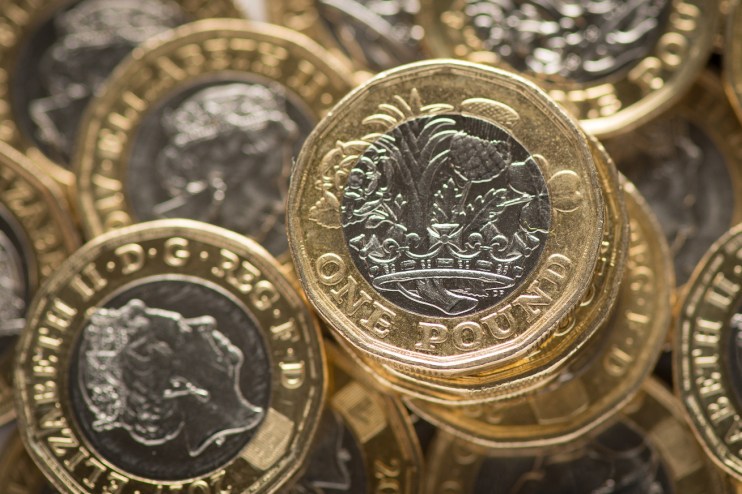| Updated:

Sterling is set for its worst week all year due to changing bets on interest rates as well as the fallout from rising geopolitical tensions in the Middle East.
Over the past five days, the pound has lost 1.9 per cent against the dollar and was trading around $1.311 on Friday afternoon, down from just over $1.34 at the start of the week.
The decrease has knocked sterling from its remarkably strong start to the year, which has seen it outperform all other major currencies.
“This week’s plunge has certainly upset sterling’s strong bull run since April,” David Morrison, senior market analyst at Trade Nation said.
Earlier in the week, sterling came under pressure due to tensions in the Middle East, which attracted investors towards safe haven assets like the dollar.
Kathleen Brooks, research director at XTB, noted that the dollar “caught a bid” as geopolitical risks increased.
“The currencies that were most extended vs. the USD have sold off rapidly, as investors have sought the safety of the USD,” she said.
Sterling’s sell-off picked up steam yesterday after Governor Andrew Bailey suggested that the Bank of England could be “bit more aggressive” in cutting interest rates if inflation continued to moderate.
The Governor’s comments were seen as slightly more dovish than his previous guidance had implied, prompting markets to anticipate further rate cuts in the months ahead.
Lower interest rates tend to weaken domestic currencies because international investors can earn a higher return on their investments elsewhere.
The pound posted a modest recovery this morning after Huw Pill, the Bank’s chief economist, said there was “ample reason for caution” on interest rates, but the recovery did not last long.
US jobs figures, published this afternoon, blew past expectations, forcing markets to reassess how much US interest rates would be reduced in the near future.
The figures showed that the US economy added 254,000 jobs in September, well ahead of the 150,000 expected by economists and a big acceleration on last month’s figure of 159,000.
Some analysts questioned whether the US Federal Reserve should even have cut rates last month.
“Looking at the labour market strength evident in September’s Employment Report, the real debate at the Fed should be about whether to loosen monetary policy at all,” Paul Ashworth, chief North America economist at Capital Economics said.